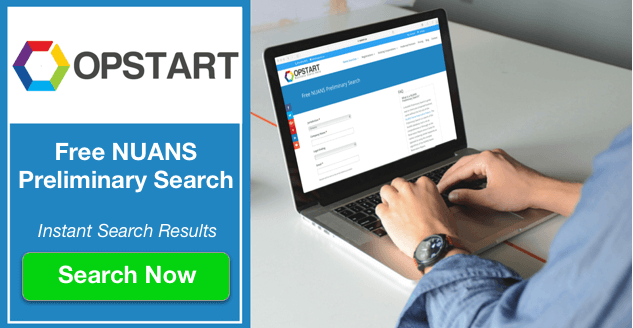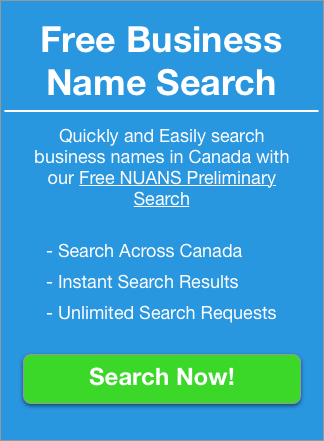How To Set Up Payroll In Ontario

Congratulations, business owner!
You’ve registered your business in Ontario. Which means now you can start building a team of seasoned professionals who will help you build your business into the empire you always dreamt it could be.
But first, you need to be able to pay those employees. Which means setting up payroll. Like registering your business, there are a number of steps you need to take to step up Payroll in Ontario.
Which is why we’re giving you step-by-step instructions on how to get set up. As a new business owner, you have a lot of other work to focus on. So let’s get you payroll challenges out of the way.
The First Steps Toward Setting Up Payroll Ontario
Canada Revenue Agency
Your first step toward setting up payroll in Ontario is to obtain your Business Number (BN) from the Canada Revenue Agency. Once you have a BN, you can add services such as a payroll account.
With the right accounts you’ll be able to remit the following:
- Income tax
- Employment insurance
- Canada Pension Plan (CPP)
Frequency of Payroll
Determining how often to pay your employees is an important decision for every business owner. Setting up a consistent payroll schedule will ensure your employees get paid while your business has money left over.
So don’t forget to consider your business and cash-flow cycles before choosing how often your employees will get paid. Here are the options businesses choose:
– Weekly: Great for short term employees and hourly waged employees.
– Bi-weekly: Most common in professional environments. Great for long-term hourly employees.
– Semi-monthly: Usually paid on the 15th and 30th of each month. Perfect for salaried employees.
– Monthly: Usually only used for senior employee, but is rarely used.
Who Can Process Your Payroll in Ontario
Depending on the size of your company and budget, you may choose to process your payroll in-house. Or, you can outsource the responsibility to a third party vendor. There are many reputable vendors to choose from:
In-house Payroll
Don’t think that just anybody can easily figure out how to handle your payroll. It’s a more complicated process than you might think. And mistakes can cost you.
So, if you’re thinking of handling your payroll in-house, hire a professional who has been properly trained in business financial matters. Often, businesses choose to hire an accountant or bookkeeper. They may also have their CFO oversee payroll.
Third Party Vendor
As more businesses recognize the value of outsourcing this role, more vendors have cropped up. Currently, ADP and Ceridian are popular choices.
But third party vendors can do a lot more for your business than just payroll. They can also provide services your business can use to thrive. These include things such as:
- Statistics
- Payroll journals
- T4s
- Year-end reports
- ROEs
And they can handle business sizes from 1 employee to over 1,000 plus. From a business budget perspective, a third party vendor may provide more services for less than doing the job in-house.
Employee Data Required to Process Payroll Ontario
Of course, you’re going to need to collect some information from your employees when you hire them.
Not only will you need to keep this data for your own records. The government also needs the following information:
- Full name—must match the account where pay will be deposited
- Current address
- Social insurance number (SIN)
- Date of birth
- Date of hire
- Amounts to be paid, including wages, salaries, and bonuses
- Pay type (salaried or hourly)—when paid hourly, the number of hours of work per pay period will be required
- Required deductions
If you choose to use a third party vendor, they may ask for additional information from your employees, but they’ll let you know what information they need.
What Records to Keep
It’s smart to keep records on your employees. Especially when dealing with your employee’s payroll. Not only with it help you administer their payroll, but will also help to plan training more effectively. Here’s a list of records to keep on your employees:
- Education and personal data
- Work history
- Salary
- Benefits
- Job classifications
- Skills
Don’t keep all of this information on paper, where it can be lost or destroyed easily. Instead, it’s a smart idea to invest in human resources software.
Software can hold all the information, and can also make it easily accessible for employees to update and refer to their information as needed.
What Records the Government Needs You to Keep
Of course, when remitting payroll in Ontario to the government, they’ll need you to create a paper trail as well. Here’s some information the government may require you to keep on file:
- Time worked by employee
- Documentation supporting CPP contributions
- EI premiums
- Withheld income
- Form TD1
- Personal Tax Credits Return
- CRA letters of authority for reducing income tax at source
- Information slips that were issued and all returns that were filed
- Registered pension plan information
When an Employee is Terminated
Sometimes, it just doesn’t work out with an employee and a termination occurs. A termination will affect your payroll.
Whatever the reason for termination, you must complete and issue a Record of Employment (ROE). The ROE determines whether the employee is entitled to EI benefits and if so, for how long.
Payroll in Ontario and the Employment Standards Legislation
Once you’ve hired employees and you’re ready to start processing, there are a few things you need to do. One of which is adhering to the Employment Standards legislation set forth in Ontario. This includes:
- Guidelines regarding paying wages
- Any minimum wage thresholds
- Rules for vacation pay
- Guidelines for hours worked, breaks, and overtime payment
Handling Source Deductions
Source deductions will need to be remitted to the government at regular intervals. For more information on Source Deductions, please read and understand the Employment Standards legislation
The following deductions should be sent to the Federal Government:
- Federal tax
- Canada Pension Plan contributions
- Employment Insurance premiums
There are several ways help calculate how much and which deductions are taken from each employee.
A popular options is buying accounting software packages with a payroll module that automatically determines what the deductions are. Alternatively, you can also use a payroll service who will do it all for you.
If you are good with numbers, you can also choose to use manual tables provided by the government. However, for a busy business owner this may not be worth your time.
Conclusion
As a business owner, managing a business can be hard. There are a lot of hats to wear and a lot of things to stay on top of. What you don’t know can hurt you.
But with the right information and support, running a business can be the adventure of a lifetime. We love entrepreneurs and we’re here to help you and your business get up and running. Start your new business adventure today.

